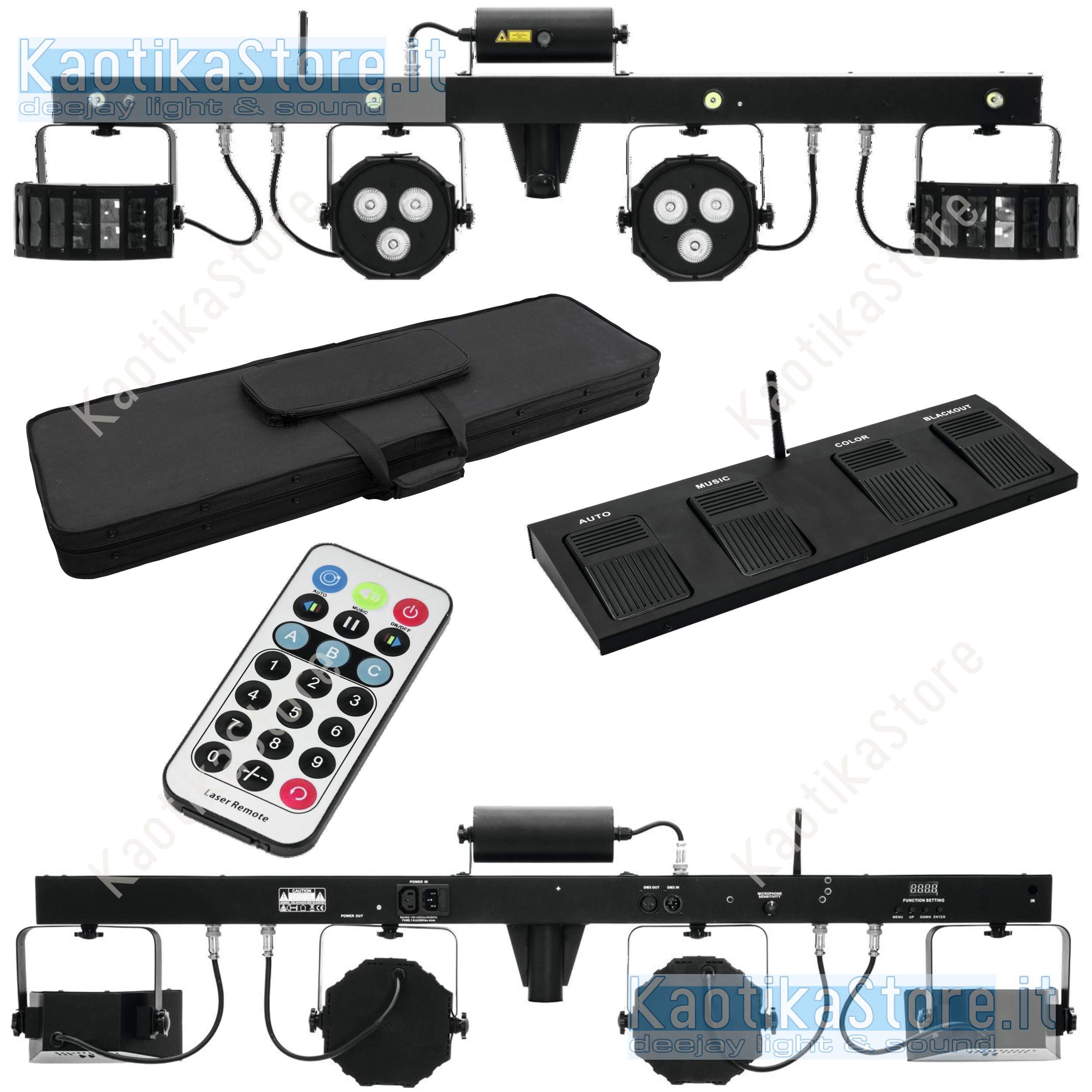

- #Mt power drum kit 2 adjust tempo portable#
- #Mt power drum kit 2 adjust tempo plus#
- #Mt power drum kit 2 adjust tempo free#
Though you can use it without its stand, it doesn’t come with a carrying case, which seems like an omission. It’s a small ball that’s super portable, but packs in a headphone jack and volume dial, a mode switch button (flat, voice, and acoustic), and a mute. The Communicator comes with a tiny stand but also works with any standard tripod mount. The touch controls on its front are easy to tap by accident, though they’re so visible that it’s easy to check you’re on target. When recording acoustic music, it sounds accurate to the live performance and is relatively close to its two siblings. I thought its speech setting muddied the brightness of speech too much, although even in its flat settings, its response is only slightly better. It’s a “large-diaphragm” mic, a category designed to work well in a variety of circumstances, including booming bass and drum kits. The input modes are for flat (unadjusted), speech, singing, acoustic instrument, and “loud,” intended for live, amplified recording. The Performer has touch-sensitive buttons on the front for adjusting input mode, which changes the DSP’s processing behavior, as well as for muting input, enabling or silencing headphones, and changing headphone levels. It folds compactly, and its design should resist any damage, though it doesn’t come with a case.Ī five-band equalizer, compression settings, mic gain, and DSP presets can be all be controlled from the Motiv app for the Performer. It’s got a solid weight to it and feel good in the hand.

The Performer also has a kickstand with a cap that can be unscrewed, revealing a standard microphone stand connector. The Performer tries to reach the most diverse audience, and looks like an old-fashioned “crooner” mic-a bit Art Deco, but also practical. The three units are all handsomely designed and built well, something that should be expected from Shure. The Wirecutter similarly finished its testing before the Shures were out, and they have a comprehensive guide. Marco Arment looked at dozens of mics a few months ago and updated it since. I’d also refer you to more extensive mic reviews that were completed before the Shures were broadly available for sound samples with which you can compare them. You can also record “flat,” which omits that or, when using the iOS app, modify and control compression levels and a multi-band graphical equalizer, or disable them. For testing voice and acoustic instrument recording, I used the specified preset for those types, which includes compression and equalization, but produces a usable output without further editing.
#Mt power drum kit 2 adjust tempo portable#
It’s not really suited for portable use.)Įach of the mics has a variety of presets and options. (I use the Røde with a shockmount for vibration isolation, a pop filter, and a swivel mount boom arm all together it currently runs about $400. I also tested all three for acoustic live music provided by a budding, in-home tenor sax player. There’s a case to be made for that level of quality, but many USB mics are good enough for most purposes, especially spoken word, interviews, and conversations.įor the purposes of this review, I tested the hardware for how well it managed recording my voice as an experienced podcaster compared to a reference mic (a Røde USB Podcaster) that I use a few times a week for podcasts and remote radio interviews, and that radio-station engineers have said sounds nearly studio quality for their purposes.
#Mt power drum kit 2 adjust tempo plus#
These can run a few hundred dollars plus the cost of the mics and cables. Rather, they look to more traditional mics with 1/4-inch XLR connectors which are passed through a USB-connected preamplifier/mixing board. Some podcasters, musicians, and audio engineers reject the use of USB mics at all, because they don’t find the analog-to-digital converters (digital signal processors or DSPs) to be high-quality enough in inexpensive devices. And my ears aren’t yours: a combination of subjective preferences and objective realities affect perception, like frequency loss in hearing in aging ears (or young ones who failed to protect themselves). There’s also the difference between spoken word, singing, acoustic and electric instruments, and drums. Typical male and female voices may benefit more or less from certain mics loud ambient or echo-y environments are picked up differently and a certain kind of warmth or crispness might more or less desired.

Testing microphones is an impossible job because the inputs, environments, and purpose vary so much. These are all designed to be toted around while remaining rugged enough to not get banged up.
#Mt power drum kit 2 adjust tempo free#
All three mics work with Shure’s free iOS Motiv app, which can also record sound directly through an iOS device’s built-in mic.


 0 kommentar(er)
0 kommentar(er)
